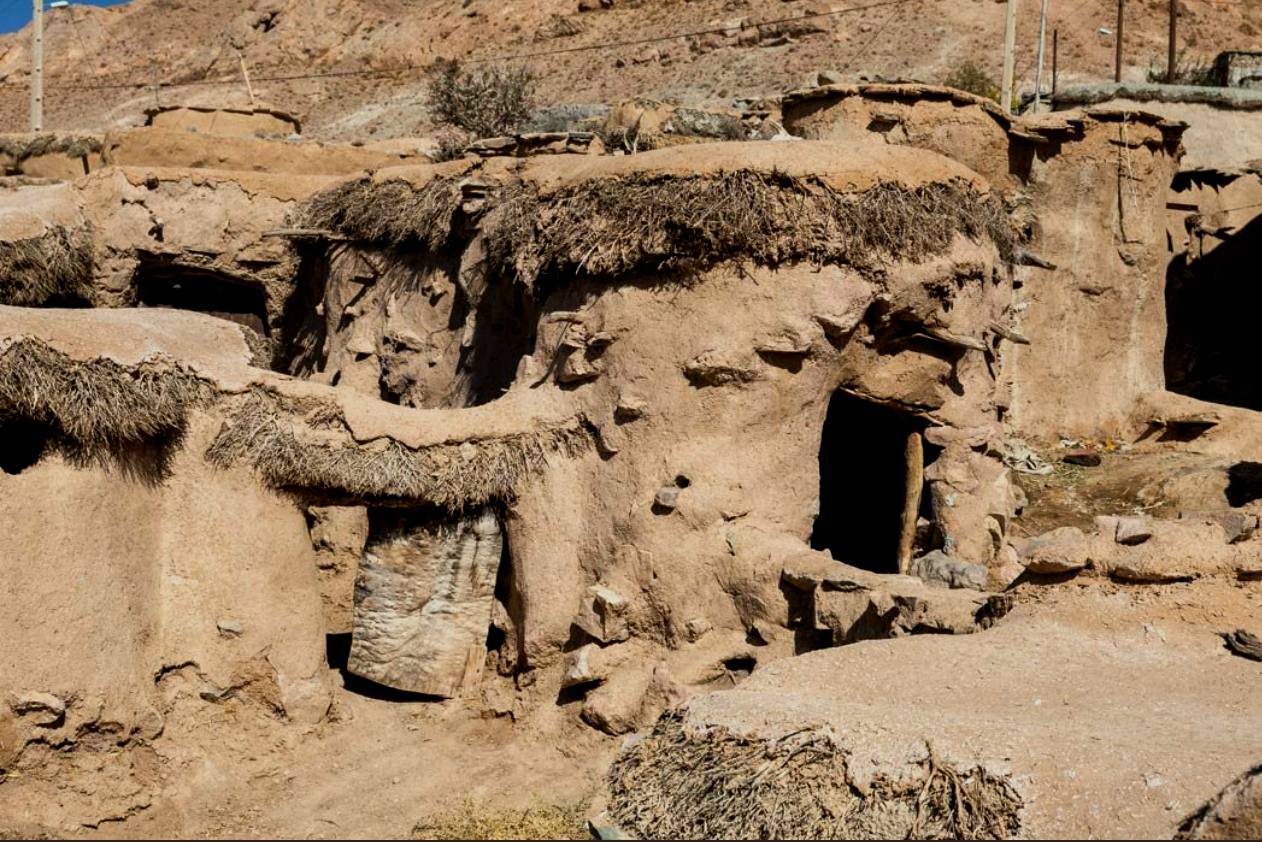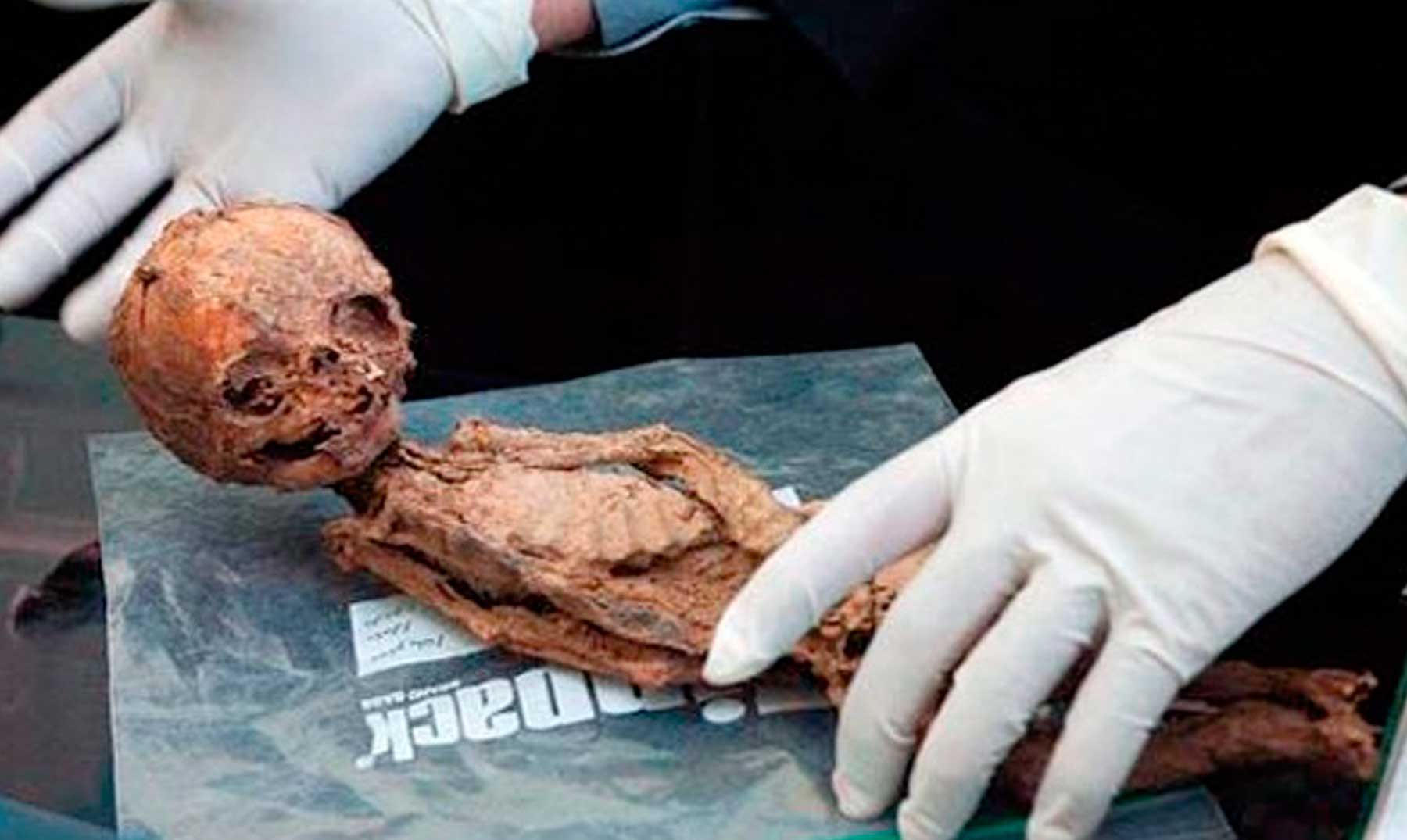The tale of Makhunik makes one think of “Liliput City (Court of Lilliput)” from Jonathan Swift’s well-known book Gulliver’s Travels, or even the Hobbit-inhabited planet from J. R. R. Tolkien’s novel and film The Lord of the Rings.

This, however, is not a fantasy. It is a very amazing archaeological find. Makhunik is a 5,000-year-old Iranian settlement discovered in Shahdad, Kerman province, where dwarfs resided. It’s called Shahr-e Kotouleha (City of Dwarfs).
According to Iran Daily: “Nobody thought an ancient civilization could exist in this desert until 1946.” However, potteries were unearthed at Shahdad as proof of a civilization that existed in the Lut Desert following studies done by the Geography Faculty of Tehran University in 1946.
Given the significance of the problem, a group of archeologists visited the region and performed research that led to the finding of prehistoric civilizations (end of 4th millennium BC and beginning of 3rd millennium BC).
Between 1948 and 1956, this area was the site of scientific and archaeological excavations. During eight excavation phases, cemeteries from the second and third millennia BC, as well as copper furnaces, were uncovered. Numerous potteries and brassware were uncovered in Shahdad’s graves.
Shahdad’s historic area stretches for 60 kilometers across the center of the Lut Desert. Workshops, residential zones, and cemeteries are all part of the city. Archeological research in the City of Dwarfs residential sector indicated the presence of sub-districts inhabited by jewelers, artisans, and farmers. During the excavation phases, around 800 ancient burials were discovered.
Archeological studies in the City of Dwarfs show that the residents left the region 5,000 years ago due to drought and never returned. Mir-Abedin Kaboli, who oversees Shahdad’s archeological excavations, said, “Following the latest excavations, we noticed that inhabitants of Shahdad had left many of their belongings at homes and covered the doors with mud.” He also said “this shows that they were hopeful of returning one day.”
Kaboli links the Shahdad people’s departure to the drought. The odd architecture of the dwellings, lanes, and equipment uncovered at the site is an important part of Shahdad.
Only dwarfs could utilize the walls, ceiling, furnaces, shelves, and all of the equipment. Rumors spread about the finding of a dwarf’s bones after uncovering the City of Dwarfs in Shahdad and legends about the people who lived there. The most recent example included the finding of a diminutive mummy measuring 25 cm in height. The traffickers planned to sell it in Germany for 80 billion rials.

The news of the arrest of two smugglers and the discovery of a strange mummy spread fast across Kerman province. Subsequently, Kerman Cultural Heritage Department and police officials sat down to clarify the condition of the mummy that reportedly belongs to a 17-year-old person.
Some archaeologists are cautious and even deny the city of Makhunik was once inhabited by ancient dwarfs. “Since forensic studies could not determine the sexuality of the corpse, we can not rely on them to talk about the height and the age of the body, and more anthropological studies are still needed to find out the details about the discovery,” says Javadi, archeologist of the Cultural Heritage and Tourism Organization of Kerman province.
“Even if it is proved that the corpse belongs to a dwarf, we can not say for sure that the region of its discovery in Kerman province was the city of dwarfs. This is a very old region, which has been buried due to geographical changes. Besides, technology was not so developed at that time so people may not have been able to build high walls for their houses,” he adds.
“Regarding the fact that in none of the periods in the history of Iran, we have had mummies, it is not accepted at all that this corpse is mummified. If this corpse is found to belong to Iran, it would be a fake one. Due to the minerals existing in the soil of this region, all of the skeletons here are decayed and no intact skeleton has been found so far.
On the other hand, the 38-year archeological excavations in Shahdad city deny any dwarf city in the region. The remained houses in which their walls are 80 centimeters high were originally 190 centimeters. Some of the remained walls are 5 centimeters high, therefore should we claim that the people who lived in these houses were 5 centimeters tall?” Says Mirabedin Kaboli, head of archaeological excavations in Shahdad city.
Nonetheless, legends of the Little People have long been a part of folklore in many societies. Physical remains of little humans have been discovered in a variety of areas, including the western United States, notably Montana and Wyoming. So, how come these entities couldn’t exist in ancient Iran?
Interestingly, a study in the area found that even a few years ago, persons in Makhunik seldom topped 150 cm in height, but they are now around the typical size. A vast portion of this prehistoric territory has been covered in dirt after a 5,000-year lapse since the dwarfs’ departure from the city, and the migration of Shahdad’s dwarfs remains a mystery.



